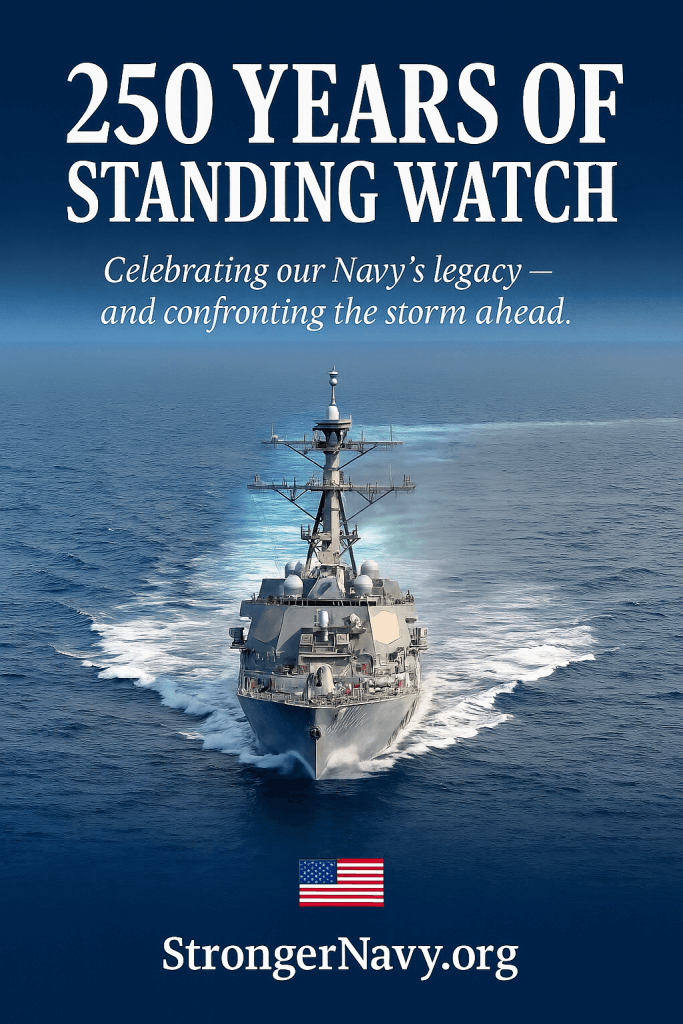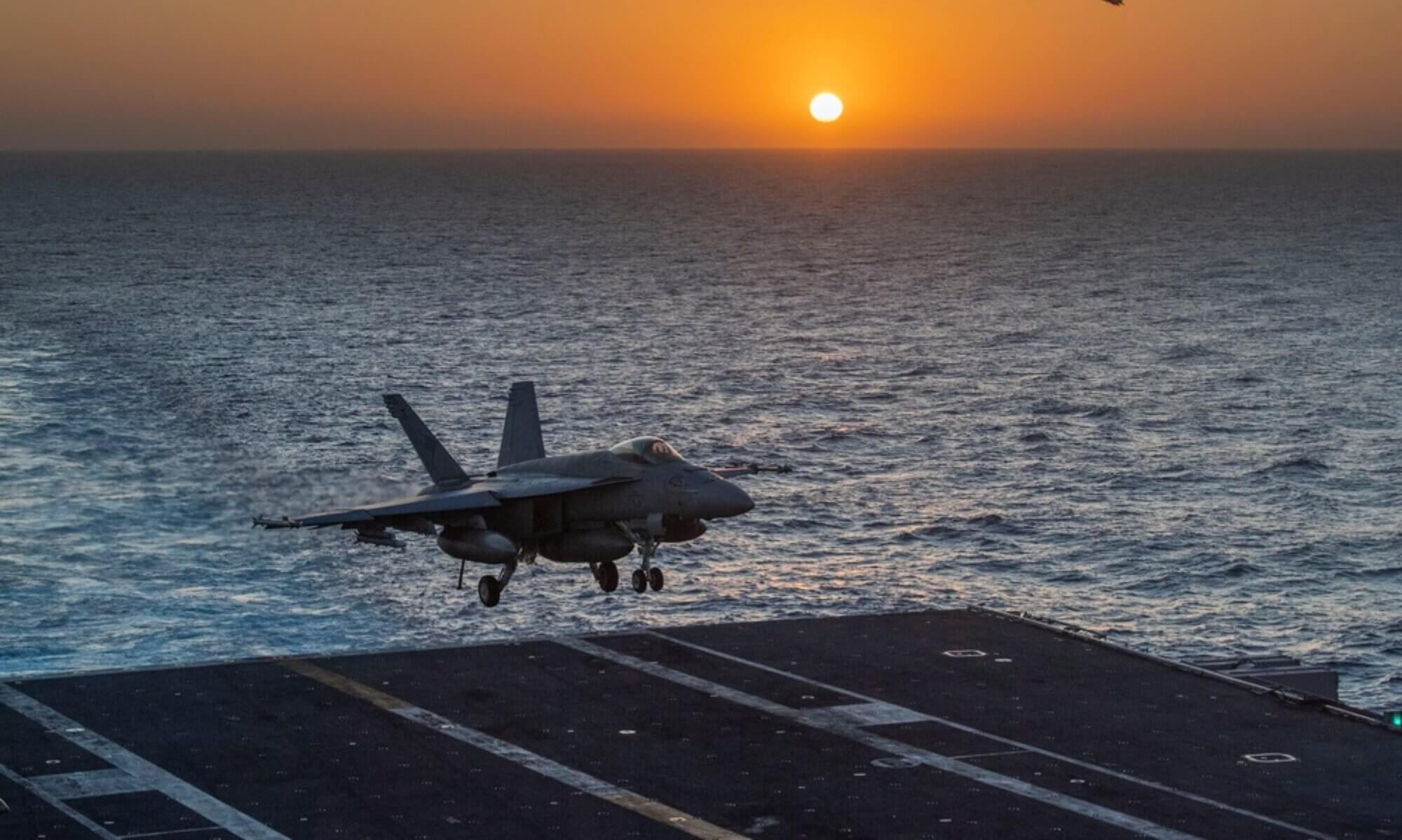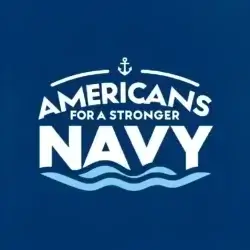
by Bill Cullifer, founder Americans for a Stronger Navy
As America marks the Navy’s 250th birthday, Captain Brent Sadler, USN (Ret.) recent essay reminds us this milestone is not just a moment to celebrate—it’s a call to action. From two ships in 1775 to the world’s most powerful fleet, the Navy has carried our flag, defended our freedom, and guarded the arteries of global commerce. But as Sadler rightly warns, the next few years will not be smooth sailing.
A Fleet Stretched Thin
Today, over a third of our fleet is more than 20 years old. Shipbuilding delays and maintenance backlogs are pushing the limits of readiness. Our sailors, the heart of the fleet, continue to perform with unmatched skill and resolve—but they are doing so aboard aging platforms. China is fast closing the gap, and they are not waiting for us.
Lessons Written in Blood
History teaches that there are no cheap shortcuts to sea power. Survivability and lethality come from hard-earned experience, superior training, and a robust industrial base. Sadler recalls the typhoon of 1944 that claimed three destroyers and hundreds of lives—a stark reminder that nature and conflict alike punish complacency. Competence, leadership, and technical mastery remain our sailors’ greatest weapons.
For the Skeptics: China’s Long Game Is Already Underway
To those who still doubt that China poses more than a distant “threat,” here is a sharper look at how Beijing is already laying the foundations of a rival maritime order—and why ignoring it is perilous.
“Unrestricted Warfare” and Strategic Pluralism
Chinese strategists have long argued that war is no longer limited to the battlefield. Unrestricted Warfare (1999) openly promoted using economic, cyber, legal, and informational tools to weaken stronger powers—a doctrine now reflected in Beijing’s global behavior.
Dual-Use Shipbuilding and External Support
China’s commercial and naval shipyards work side-by-side, leveraging subsidies and state control to produce more hulls than the rest of the world combined. These facilities give Beijing the ability to surge production during crisis—something the U.S. industrial base cannot yet match.
The “Great Underwater Wall” and Maritime Surveillance
Beijing is constructing a vast undersea sensor network across the South China Sea—an integrated web of hydrophones, drones, and seabed nodes designed to detect U.S. and allied submarines. It’s surveillance on a scale the world has never seen.
“Cabbage” Tactics and Incremental Control
China surrounds disputed islands layer by layer—fishing boats, coast-guard cutters, and finally warships—gradually converting “gray zones” into permanent possessions without firing a shot.
The “String of Pearls” Strategy
Ports and logistics hubs from the Indian Ocean to the Atlantic give China reach far beyond its shores. Each node tightens its grip over the world’s vital maritime choke points.
Global Projection and Signaling
China’s navy now sails the Tasman Sea, the Gulf of Oman, and beyond—exercising in waters where it once had no business. These deployments make one thing clear: China’s maritime ambitions are global, not regional.
Don’t Take My Word For It — Listen to the Experts
Over the past 24 months, Americans for a Stronger Navy has been mapping a story few citizens have ever been shown: how China’s campaign against the United States unfolded, who knew what and when, and what it will take to pull back from the brink. We didn’t start with opinions—we started with evidence. Here’s what the experts have been saying for years, and how their warnings fit together.
Strategic Intent and Military Buildup
Admiral James Lyons Jr., former commander of the Pacific Fleet, said what few in Washington wanted to hear as early as 2013:
“We’re in our second Cold War with another communist totalitarian regime.”
He warned that China has “built the navy specifically to go against the United States Navy” and that their anti-ship ballistic missiles are “not geared to go against the Bangladesh navy.” When a fleet commander speaks that bluntly on national television, that’s not politics—that’s professional judgment.
Brigadier General Douglas P. Wickert has shown how far that judgment has proven correct. In the Gobi Desert, China has built full-scale mock-ups of Taiwan’s Taichung International Airport and a “one-for-one silhouette of the Ford-class aircraft carrier” for target practice. They are not hiding their intentions. They are practicing to sink our ships and invade our allies.
The scale of China’s buildup is staggering. As Sadler and others have documented:
“They have 230 times the shipbuilding capacity of the United States in terms of shipyard infrastructure and potential output. Just one shipyard in China last year alone, in 2024, built more tonnage of ships than the U.S. did since the end of World War II.”
One shipyard outproduced our entire nation’s post-WWII shipbuilding in a single year. That’s not competition—that’s a wake-up call.
A Time for Revival
The path forward demands both vision and accountability. We need new ships—but also a paradigm shift in how America thinks about sea power, alliance networks, and industrial mobilization. Unmanned systems, resilient architectures, and faster acquisition must be part of the solution. So must shipyard revitalization, recruitment, and public understanding.
Why Americans Should Care
A strong Navy isn’t about seeking conflict—it’s about preventing it. The sea connects our economy, allies, and security. Every container safely delivered, every undersea cable protected, every freedom-of-navigation operation maintained depends on a Navy that’s ready, credible, and resilient. The choices we make now will determine whether we can deter China in 2027 and beyond—or whether others will write the next chapter of maritime history for us.
Charting the Next 250 Years
As we honor our Navy’s proud history, we must also rally around its future. That means bringing Americans into the conversation—not just policymakers and admirals, but citizens, veterans, and industry alike. Our sailors deserve ships that match their courage and leaders who match their commitment.
Sadler’s message is clear: vigilance and strength are the surest remedies against any adversary’s ambitions.
That’s why we launched Charting the Course: Voices That Matter—a 24-part educational series breaking down how we got here, what went wrong, and what must happen next. Our goal is simple: educate the public, connect the dots, and build the support needed to close the readiness gap before it’s too late.
Let’s roll.

